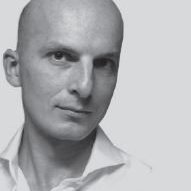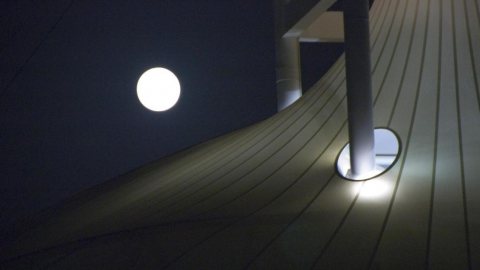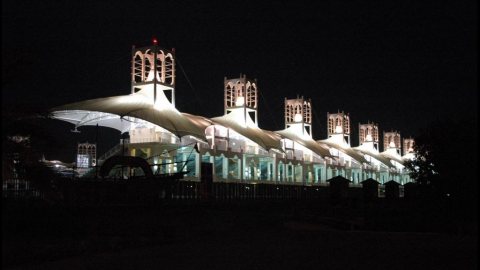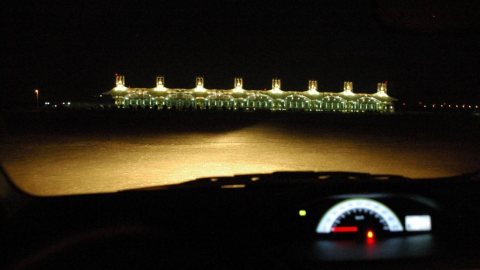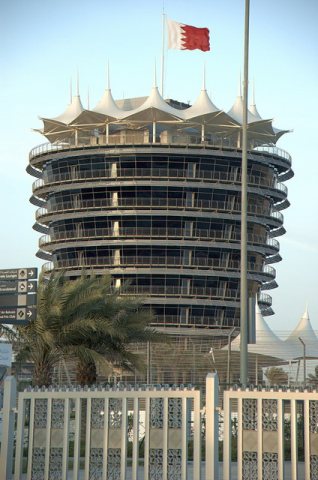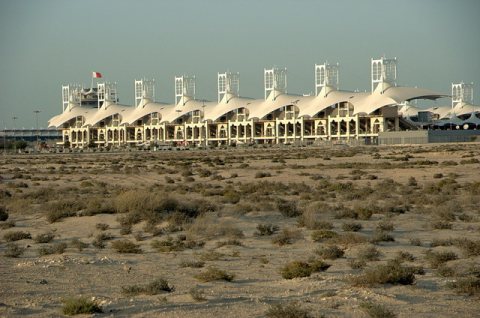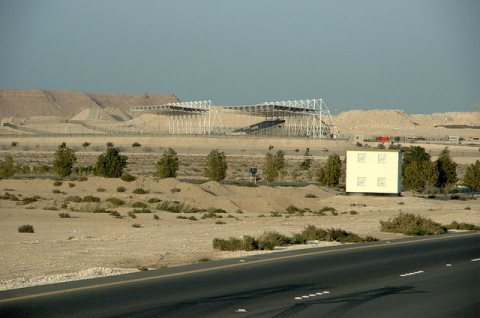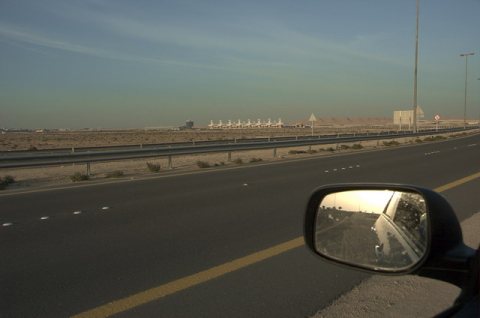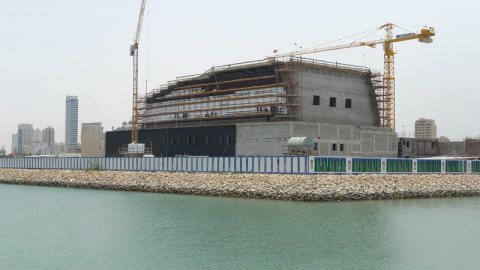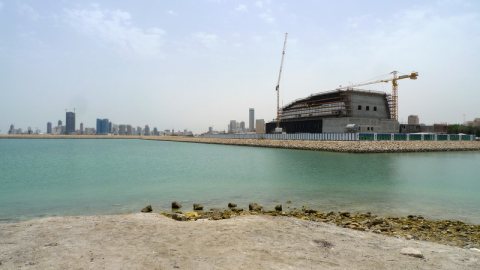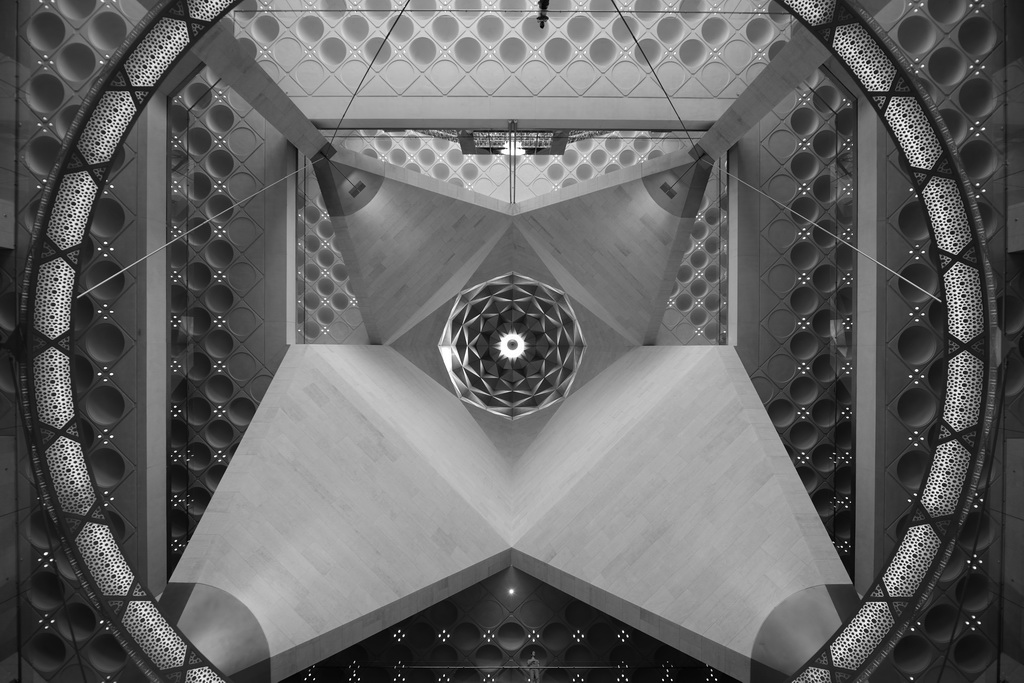
-
Martin started following The Dubai Opera 13.JPG , The Dubai Opera 27.JPG , The Dubai Opera 25.JPG and 7 others
-
The Dubai Opera
Dubai Opera is a 2,000-seat, multi-format, performing arts centre, which is located within The Opera District in Downtown Dubai. It was developed by Emaar Properties to host a variety of performances and events including theatre, opera, ballet, concerts, conferences and exhibitions. (Wikipedia)
-
The Dubai Opera 27.JPG
-
The Dubai Opera 25.JPG
-
The Dubai Opera 24.JPG
-
The Dubai Opera 22.JPG
-
The Dubai Opera 20.JPG
-
The Dubai Opera 18.JPG
-
The Dubai Opera 17.JPG
-
The Dubai Opera 16.JPG
-
The Dubai Opera 15.JPG
-
The Dubai Opera 14.JPG
-
The Dubai Opera 13.JPG
-
The Dubai Opera 12.JPG
-
The Dubai Opera 11.JPG
-
The Dubai Opera 09.JPG
-
The Dubai Opera 08.JPG
-
The Dubai Opera 07.JPG
-
The Dubai Opera 06.JPG
-
The Dubai Opera 02.JPG
-
-
Khor Kalba Mangrove Centre
Situated on one of the most sensitive and biodiverse nature reserves in the Gulf, the Khor Kalba Turtle and Wildlife Sanctuary comprises a cluster of rounded building forms that creates a sanctuary for rehabilitating turtles and nurturing endangered birds, connecting with local initiatives and expertise. Designed by Hopkins Architects.
-
Khor Kalba Mangrove Centre 68.JPG
-
Khor Kalba Mangrove Centre 67.JPG
-
Khor Kalba Mangrove Centre 66.JPG
-
Khor Kalba Mangrove Centre 65.JPG
-
Khor Kalba Mangrove Centre 64.JPG
-
Khor Kalba Mangrove Centre 63.JPG
-
Khor Kalba Mangrove Centre 62.JPG
-
Khor Kalba Mangrove Centre 61.JPG
-
Khor Kalba Mangrove Centre 60.JPG
-
Khor Kalba Mangrove Centre 58.JPG
-
Khor Kalba Mangrove Centre 57.JPG
-
Khor Kalba Mangrove Centre 56.JPG
-
Khor Kalba Mangrove Centre 55.JPG
-
Khor Kalba Mangrove Centre 54.JPG
-
Khor Kalba Mangrove Centre 53.JPG
-
Khor Kalba Mangrove Centre 52.JPG
-
Khor Kalba Mangrove Centre 51.JPG
-
Khor Kalba Mangrove Centre 48.JPG
-
Khor Kalba Mangrove Centre 46.JPG
-
Khor Kalba Mangrove Centre 42.JPG
-
- The Museum of the Future 41.JPG
-
The Museum Of The Future
The Museum of the Future is a visionary cultural institution in Dubai, UAE. Link to project website.
-
The Museum of the Future 52.JPG
-
The Museum of the Future 51.JPG
-
The Museum of the Future 50.JPG
-
The Museum of the Future 49.JPG
-
The Museum of the Future 48.JPG
-
The Museum of the Future 47.JPG
-
The Museum of the Future 46.JPG
-
The Museum of the Future 45.JPG
-
The Museum of the Future 44.JPG
-
The Museum of the Future 43.JPG
-
The Museum of the Future 42.JPG
-
The Museum of the Future 41.JPG
1 -
The Museum of the Future 40.JPG
-
The Museum of the Future 39.JPG
-
The Museum of the Future 38.JPG
-
The Museum of the Future 37.JPG
-
The Museum of the Future 36.JPG
-
The Museum of the Future 35.JPG
-
The Museum of the Future 34.JPG
-
The Museum of the Future 33.JPG
-
-
The Opus by Omniyat
Home to the new ME Dubai hotel, the Opus is located in the Burj Khalifa district adjacent to Downtown Dubai and Business Bay on the Dubai Water Canal. Exploring the balance between solid and void, opaque and transparent, interior and exterior, the design was presented by Zaha Hadid in 2007 and is the only hotel in which she created both its architecture and interiors. Spanning 84,300 square metres (907,400 square feet), the Opus was designed as two separate towers that coalesce into a singular whole—taking the form of a cube. The cube has been ‘eroded’ in its centre, creating a free-form void that is an important volume of the design in its own right. The two halves of the building on either side of the void are linked by a four-storey atrium at ground level and also connected by an asymmetric 38 metre wide, three-storey bridge 71 metres above the ground. “The precise orthogonal geometries of the Opus’ elemental glass cube contrast dramatically with the fluidity of the eight-storey void at its centre,” explained Christos Passas, project director at Zaha Hadid Architects. (Text by Zaha Hadid Architects)
-
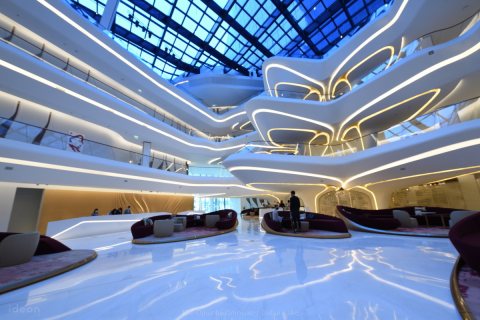 Opus by Omniyat 28.jpg
Opus by Omniyat 28.jpg
-
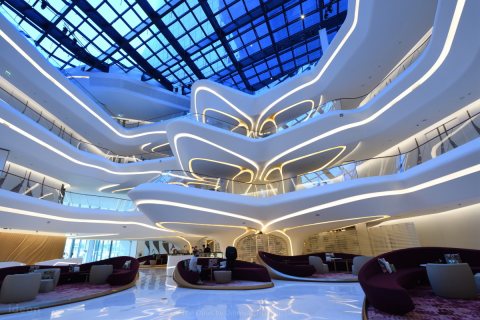 Opus by Omniyat 27.jpg
Opus by Omniyat 27.jpg
-
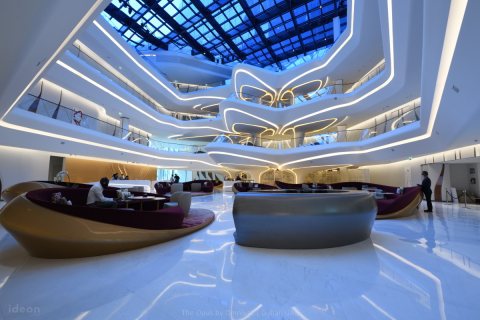 Opus by Omniyat 26.jpg
Opus by Omniyat 26.jpg
-
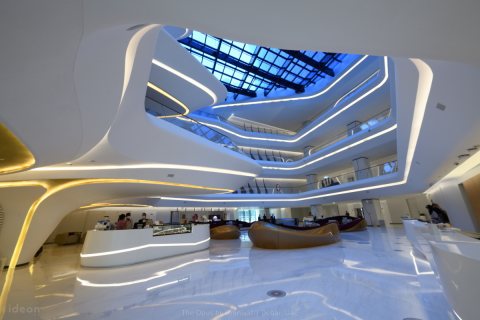 Opus by Omniyat 25.jpg
Opus by Omniyat 25.jpg
-
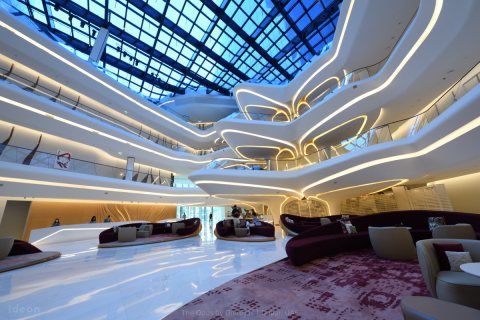 Opus by Omniyat 24.jpg
Opus by Omniyat 24.jpg
-
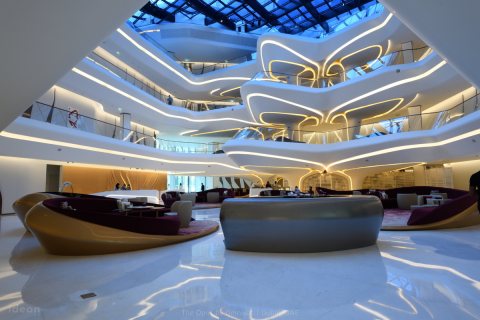 Opus by Omniyat 23.jpg
Opus by Omniyat 23.jpg
-
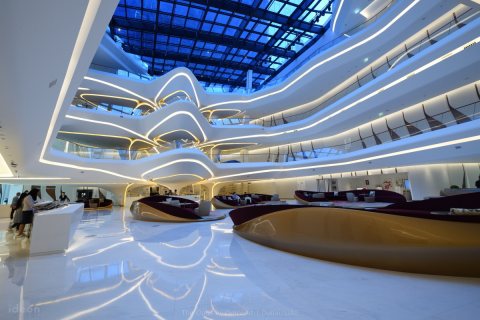 Opus by Omniyat 22.jpg
Opus by Omniyat 22.jpg
-
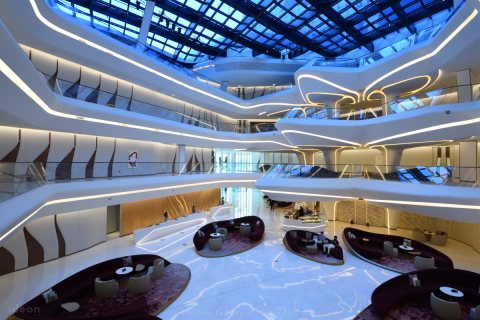 Opus by Omniyat 21.jpg
Opus by Omniyat 21.jpg
-
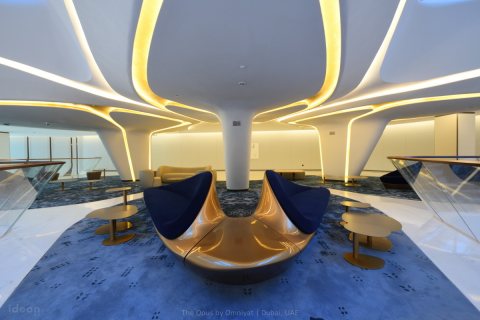 Opus by Omniyat 20.jpg
Opus by Omniyat 20.jpg
-
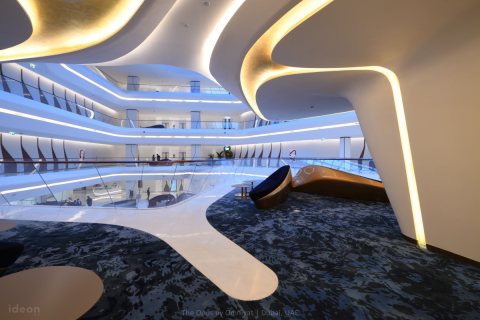 Opus by Omniyat 19.jpg
Opus by Omniyat 19.jpg
-
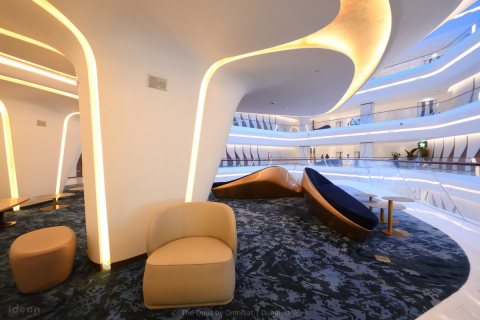 Opus by Omniyat 18.jpg
Opus by Omniyat 18.jpg
-
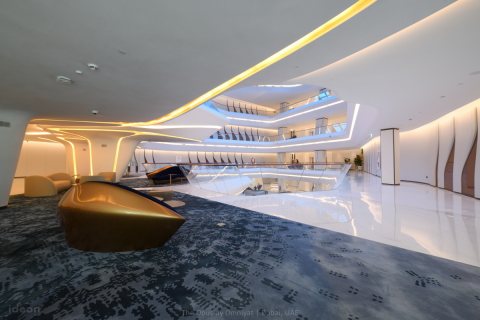 Opus by Omniyat 17.jpg
Opus by Omniyat 17.jpg
-
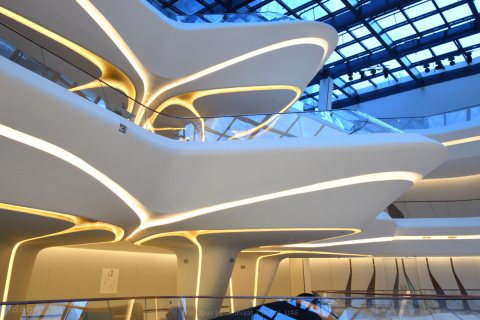 Opus by Omniyat 16.jpg
Opus by Omniyat 16.jpg
-
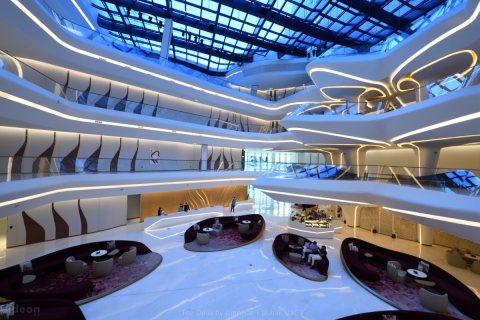 Opus by Omniyat 15.jpg
Opus by Omniyat 15.jpg
-
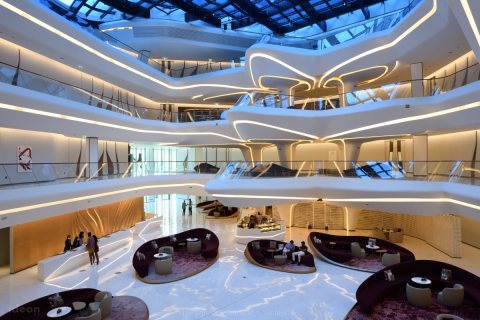 Opus by Omniyat 14.jpg
Opus by Omniyat 14.jpg
-
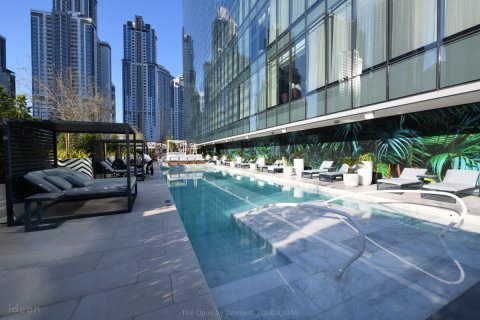 Opus by Omniyat 13.jpg
Opus by Omniyat 13.jpg
-
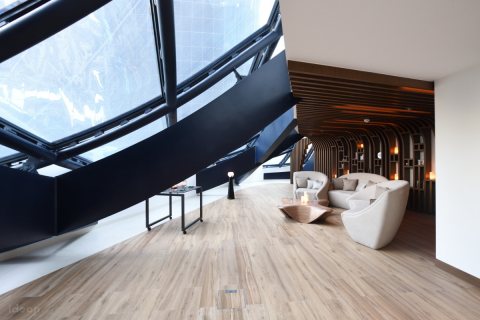 Opus by Omniyat 12.jpg
Opus by Omniyat 12.jpg
-
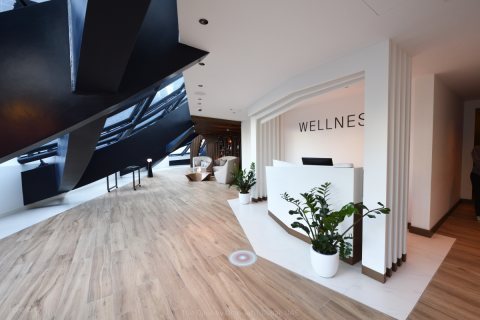 Opus by Omniyat 11.jpg
Opus by Omniyat 11.jpg
-
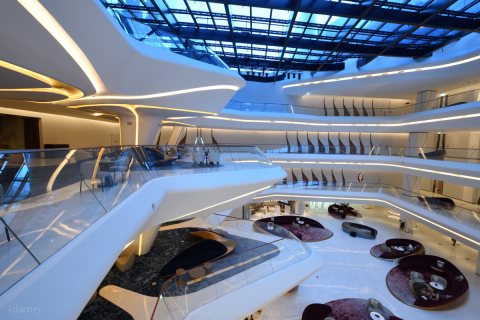 Opus by Omniyat 10.jpg
Opus by Omniyat 10.jpg
-
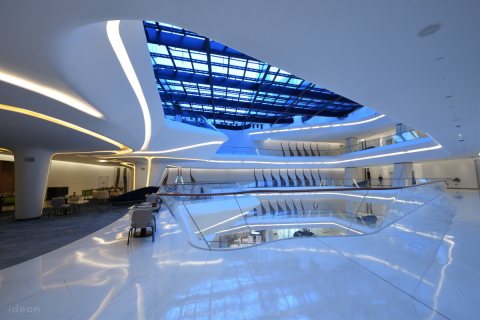 Opus by Omniyat 09.jpg
Opus by Omniyat 09.jpg
-
-
Expo 2020 - Terra - The Sustainability Pavilion
The structure of the Sustainability Pavilion at Dubai Expo 2020 is now complete. The Sustainability Pavilion names as Terra represents the planet Earth. The pavilion will take visitors on an immersive and emotional journey through the wonders of the natural world and teach them the way to create a better, more sustainable future. The pavilion, approximately covers 25,000 sqm, with 6,300 sqm of exhibition area. It has been designed as net-zero energy and net-zero water building, which means the pavilion generates all of its own power and water needs. The pavilion has more than 1,050 solar panels installed, arranged on the 130-metre wide canopy and on the locally-designed energy trees that dot the landscape and rotate to face the sun, like a sunflower. Andrew Whalley and his team from the Grimshaw Architects have designed the building as a permanent structure for legacy and then redesigned it as a temporary structure for the six months of Expo 2020 Dubai.
-
Expo 2020 - Sustainability Pavilion 119.JPG
-
Expo 2020 - Sustainability Pavilion 118.JPG
-
Expo 2020 - Sustainability Pavilion 117.JPG
-
Expo 2020 - Sustainability Pavilion 116.JPG
-
Expo 2020 - Sustainability Pavilion 115.JPG
-
Expo 2020 - Sustainability Pavilion 114.JPG
-
Expo 2020 - Sustainability Pavilion 113.JPG
-
Expo 2020 - Sustainability Pavilion 112.JPG
-
Expo 2020 - Sustainability Pavilion 111.JPG
-
Expo 2020 - Sustainability Pavilion 110.JPG
-
Expo 2020 - Sustainability Pavilion 109.JPG
-
Expo 2020 - Sustainability Pavilion 108.JPG
-
Expo 2020 - Sustainability Pavilion 107.JPG
-
Expo 2020 - Sustainability Pavilion 106.JPG
-
Expo 2020 - Sustainability Pavilion 105.JPG
-
Expo 2020 - Sustainability Pavilion 104.JPG
-
Expo 2020 - Sustainability Pavilion 103.JPG
-
Expo 2020 - Sustainability Pavilion 102.JPG
-
Expo 2020 - Sustainability Pavilion 101.JPG
-
Expo 2020 - Sustainability Pavilion 100.JPG
-
-
The Etihad Museum
Located next to the historic Union House on the Dubai waterfront, the Union Museum honors the 1971 signing of the document that created the United Arab Emirates and celebrates the rich culture and history of its people. Much of the museum is underground, including permanent and temporary galleries, theatres, event spaces and archival facilities. The dramatic entrance pavilion rests lightly upon a reflecting pool and plaza, its undulating parabolic curves representing the parchment upon which the unification agreement was written and its tapering golden columns representing the pens with which the document was signed. (Text by architects: Moriyama and Teshima)
-
Etihad Museum (night) 30.JPG
-
Etihad Museum (night) 15.JPG
-
Etihad Museum (night) 14.JPG
-
Etihad Museum (night) 13.JPG
-
Etihad Museum (night) 12.JPG
-
Etihad Museum (night) 11.JPG
-
Etihad Museum (night) 10.JPG
-
Etihad Museum (night) 09.JPG
-
Etihad Museum (night) 08.JPG
-
Etihad Museum (night) 07.JPG
-
Etihad Museum (night) 06.JPG
-
Etihad Museum (night) 05.JPG
-
Etihad Museum (night) 04.JPG
-
Etihad Museum (night) 02.JPG
-
Etihad Museum (night) 01.JPG
-
Etihad Museum (night) 29.JPG
-
Etihad Museum (night) 28.JPG
-
Etihad Museum (night) 27.JPG
-
Etihad Museum (night) 26.JPG
-
Etihad Museum (night) 25.JPG
-
-
The Masdar Institute of Science & Technology
The Masdar Institute of Science and Technology was a graduate level, research-oriented university focused on alternative energies, sustainability, and environmental research. In 2017 it merged with two other institutions in Abu Dhabi to create Khalifa University, and its previous structure now hosts the research backbone of the new university, referred as the "Masdar City campus". It was located in Masdar City in Abu Dhabi, United Arab Emirates.
-
The Masdar Institute of Science & Technology 10.JPG
-
The Masdar Institute of Science & Technology 08.JPG
-
The Masdar Institute of Science & Technology 07.JPG
-
The Masdar Institute of Science & Technology 06.JPG
-
The Masdar Institute of Science & Technology 05.JPG
-
The Masdar Institute of Science & Technology 04.JPG
-
The Masdar Institute of Science & Technology 02.JPG
-
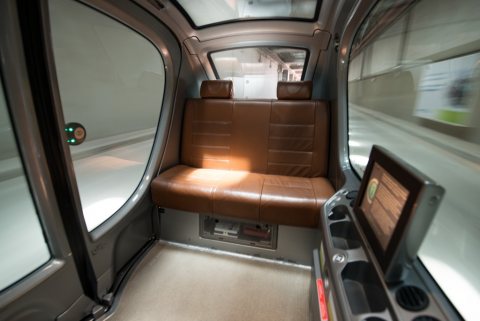 The Masdar Institute of Science & Technology
The Masdar Institute of Science & Technology
-
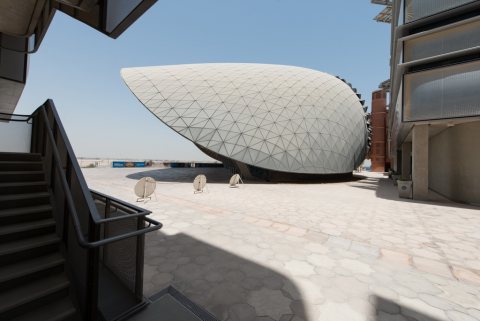 The Masdar Institute of Science & Technology
The Masdar Institute of Science & Technology
-
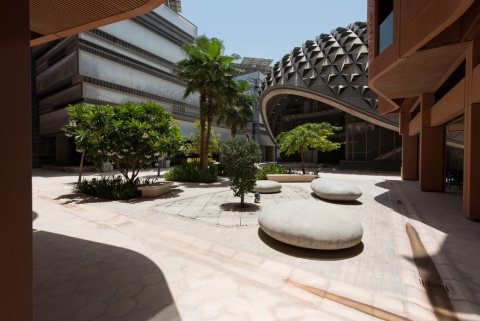 The Masdar Institute of Science & Technology
The Masdar Institute of Science & Technology
-
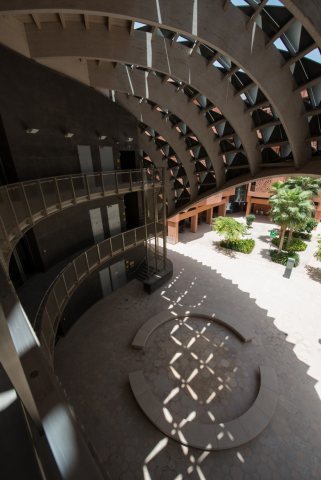 The Masdar Institute of Science & Technology
The Masdar Institute of Science & Technology
-
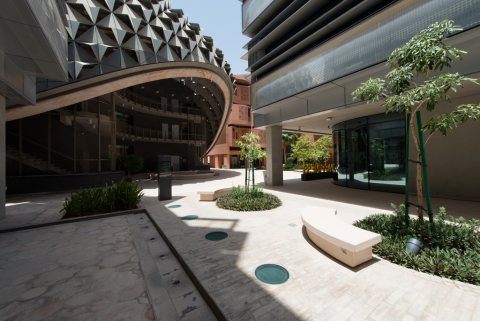 The Masdar Institute of Science & Technology
The Masdar Institute of Science & Technology
-
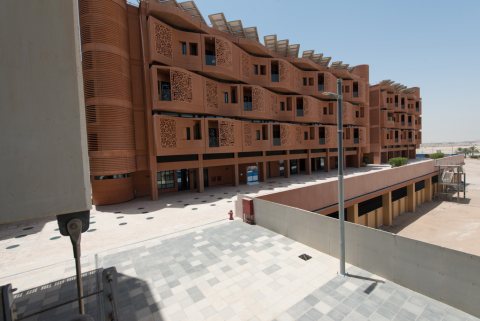 The Masdar Institute of Science & Technology
The Masdar Institute of Science & Technology
-
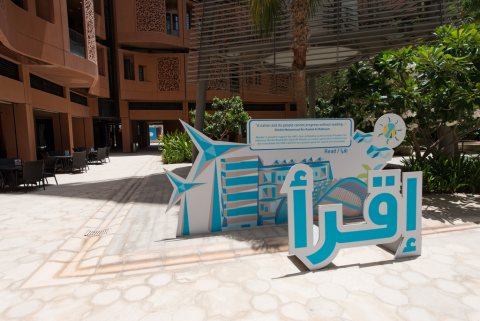 The Masdar Institute of Science & Technology
The Masdar Institute of Science & Technology
-
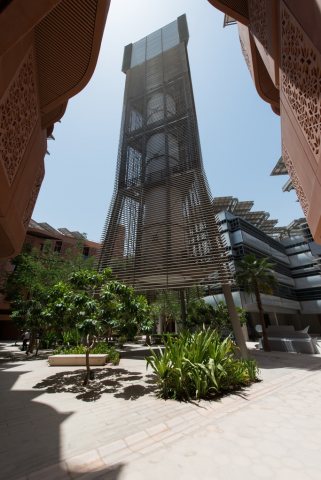 The Masdar Institute of Science & Technology
The Masdar Institute of Science & Technology
-
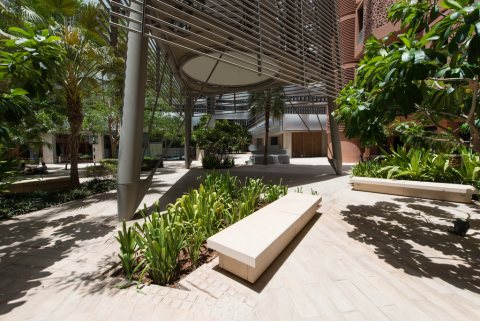 The Masdar Institute of Science & Technology
The Masdar Institute of Science & Technology
-
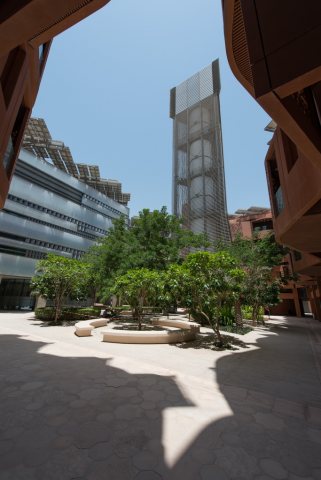 The Masdar Institute of Science & Technology
The Masdar Institute of Science & Technology
-
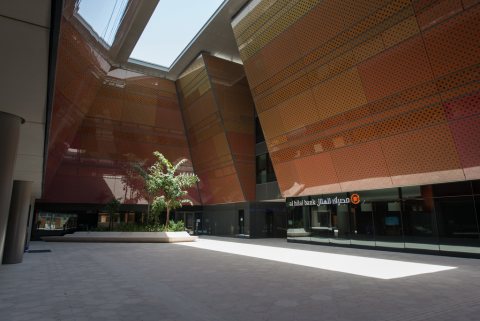 The Masdar Institute of Science & Technology
The Masdar Institute of Science & Technology
-
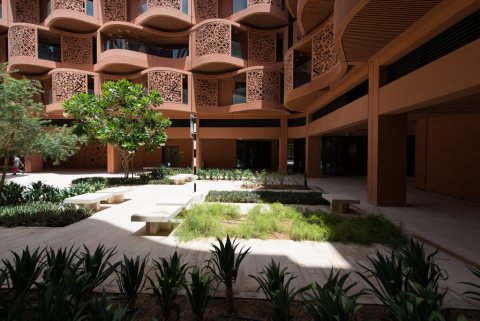 The Masdar Institute of Science & Technology
The Masdar Institute of Science & Technology
-
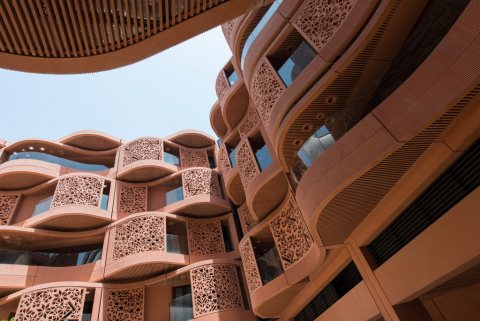 The Masdar Institute of Science & Technology
The Masdar Institute of Science & Technology
-
-
Louvre Abu Dhabi
The Louvre Abu Dhabi is an art and civilization museum, located in Abu Dhabi, UAE. The museum was established on 8 November 2017. It is part of a thirty-year agreement between the city of Abu Dhabi and the French government. The museum is located on the Saadiyat Island Cultural District.
-
01.JPG
-
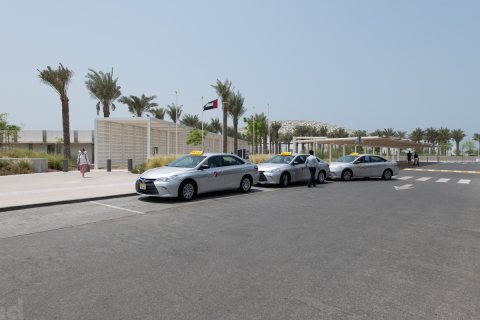 Louvre Abu Dhabi
Louvre Abu Dhabi
-
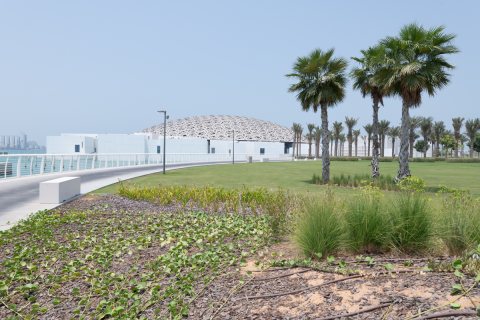 Louvre Abu Dhabi
Louvre Abu Dhabi
-
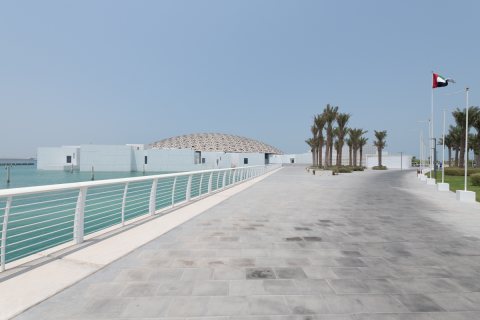 Louvre Abu Dhabi
Louvre Abu Dhabi
-
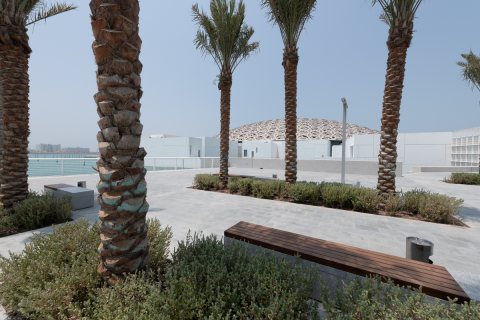 Louvre Abu Dhabi
Louvre Abu Dhabi
-
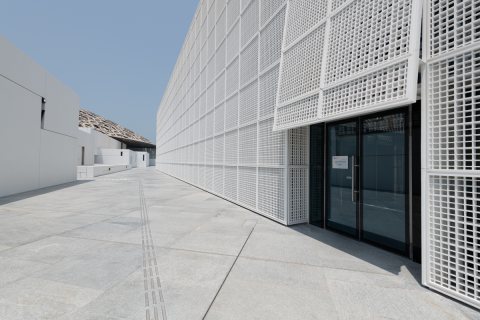 Louvre Abu Dhabi
Louvre Abu Dhabi
-
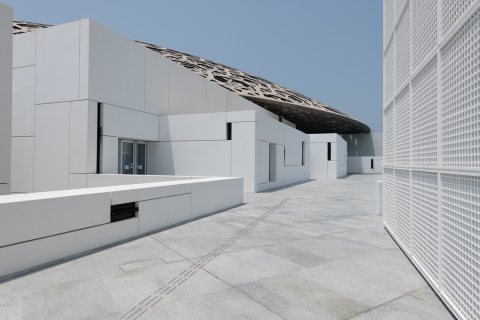 Louvre Abu Dhabi
Louvre Abu Dhabi
-
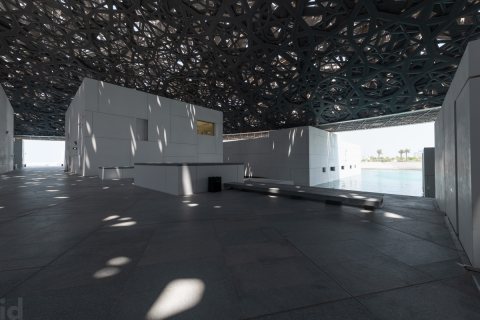 Louvre Abu Dhabi
Louvre Abu Dhabi
-
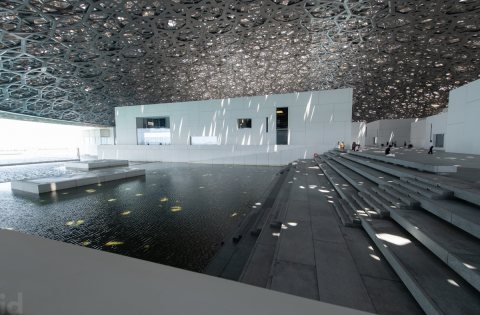 Louvre Abu Dhabi
Louvre Abu Dhabi
-
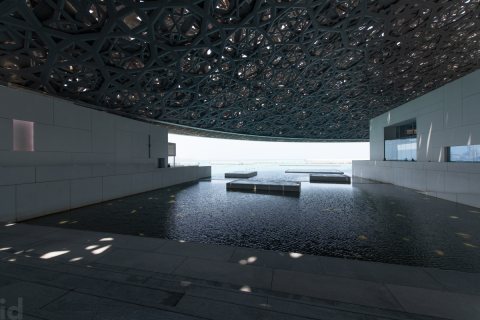 Louvre Abu Dhabi
Louvre Abu Dhabi
-
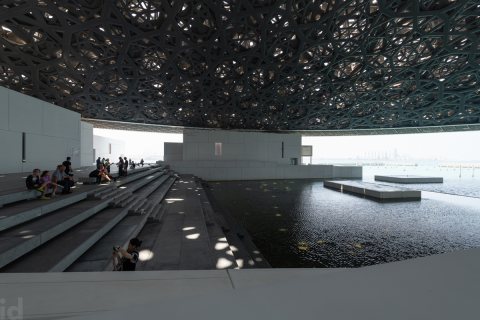 Louvre Abu Dhabi
Louvre Abu Dhabi
-
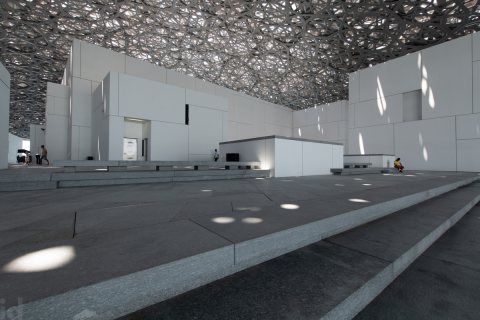 Louvre Abu Dhabi
Louvre Abu Dhabi
-
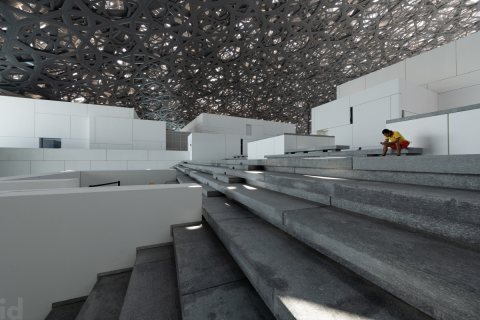 Louvre Abu Dhabi
Louvre Abu Dhabi
-
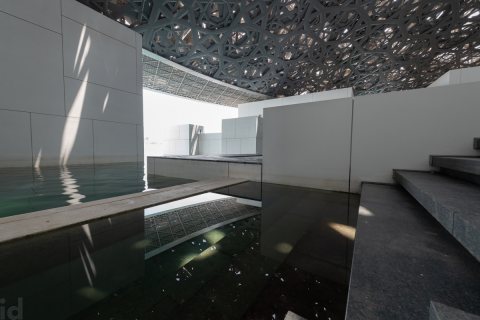 Louvre Abu Dhabi
Louvre Abu Dhabi
-
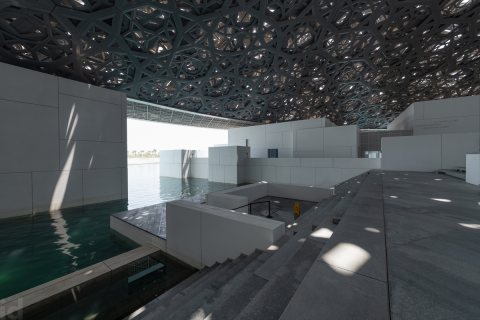 Louvre Abu Dhabi
Louvre Abu Dhabi
-
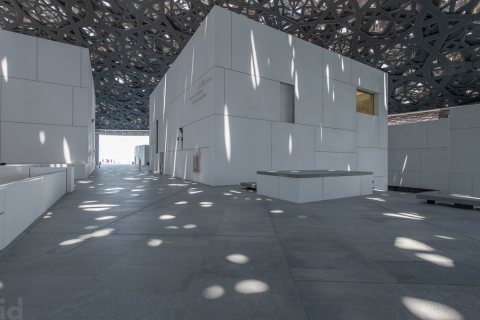 Louvre Abu Dhabi
Louvre Abu Dhabi
-
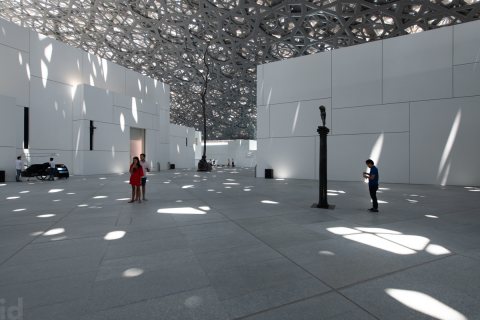 Louvre Abu Dhabi
Louvre Abu Dhabi
-
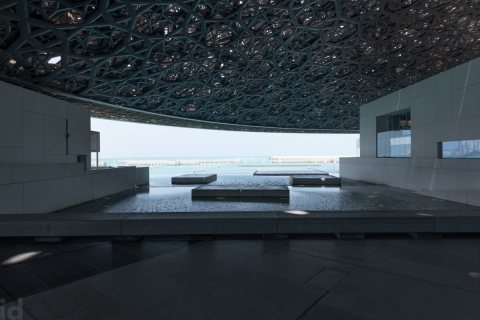 Louvre Abu Dhabi
Louvre Abu Dhabi
-
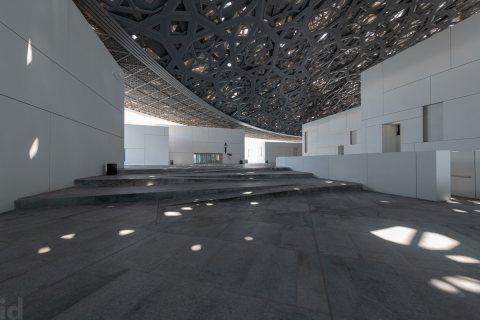 Louvre Abu Dhabi
Louvre Abu Dhabi
-
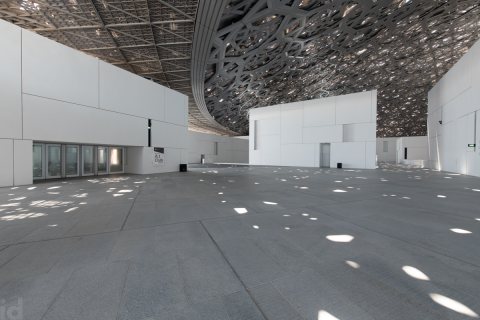 Louvre Abu Dhabi
Louvre Abu Dhabi
-
-
Bahrain International Circuit
-
Durrat al Bahrain
It’s an island and a city, it’s the desert and the sea, it’s a holiday and a home, it’s a place to be together, it’s escapism and adventure. It’s one world that offers you endless possibilities. It is a place like no other.
-
04.JPG
-
03.JPG
-
05.JPG
-
01.JPG
-
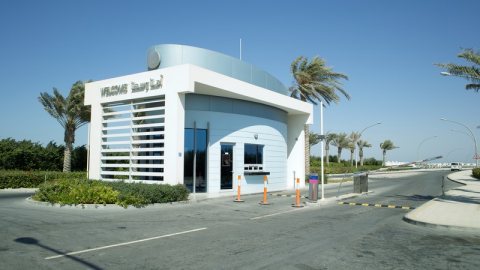 The Main Gate
The Main Gate
-
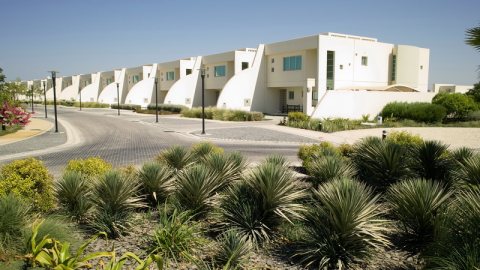 3 bedroom Villas, Petal 2
3 bedroom Villas, Petal 2
-
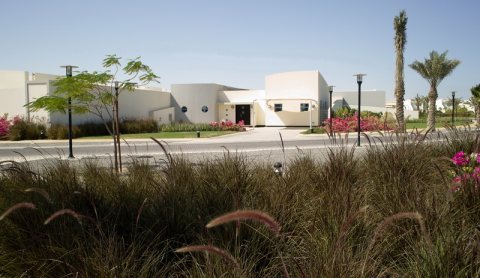 Petal 2 - Landscaping
Petal 2 - Landscaping
-
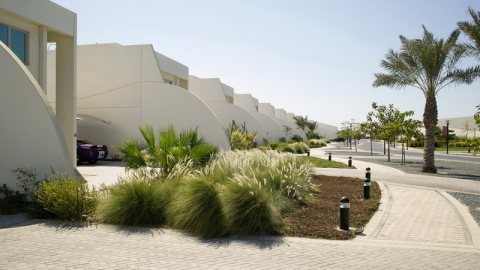 Petal 2 - Landscaping
Petal 2 - Landscaping
-
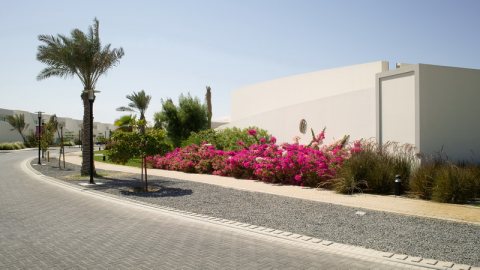 Petal 2 - Landscaping
Petal 2 - Landscaping
-
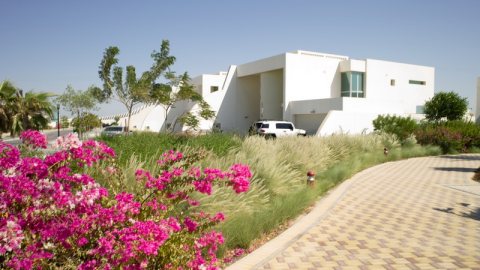 Petal 1 - Landscaping
Petal 1 - Landscaping
-
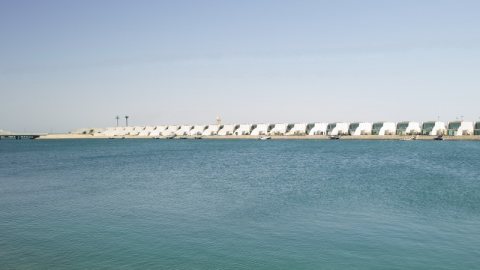 Petal 2
Petal 2
-
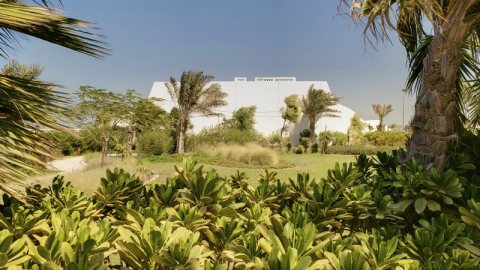 Petal 1 - Landscaping
Petal 1 - Landscaping
-
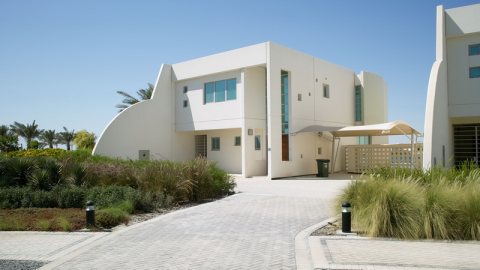 ATL Villa, Petal 1
ATL Villa, Petal 1
-
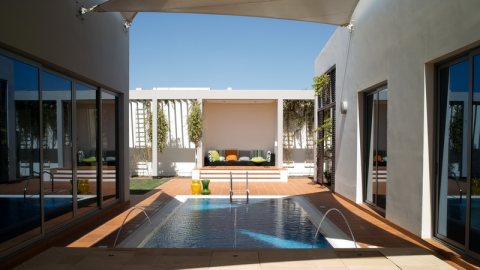 The Mock-Up Villa, Petal 1
The Mock-Up Villa, Petal 1
-
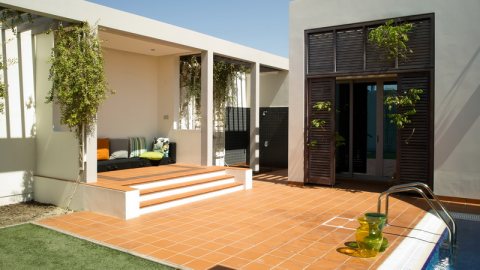 The Mock-Up Villa, Petal 1
The Mock-Up Villa, Petal 1
-
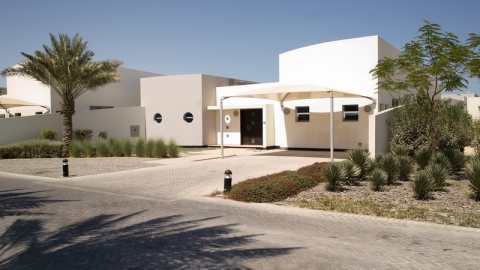 DMC Villas, Petal 1
DMC Villas, Petal 1
-
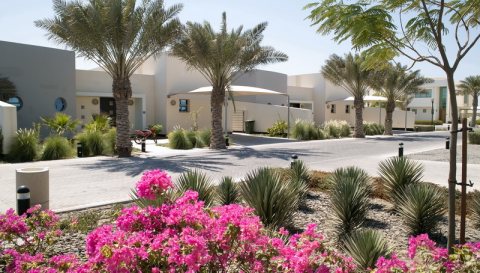 DMC Villas, Petal 1
DMC Villas, Petal 1
-
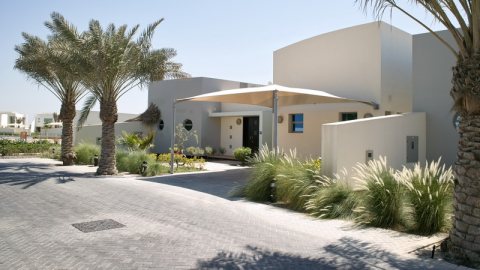 DMC Villas, Petal 1
DMC Villas, Petal 1
-
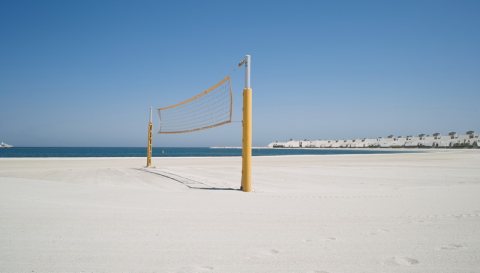 Atoll's Public Beach
Atoll's Public Beach
-
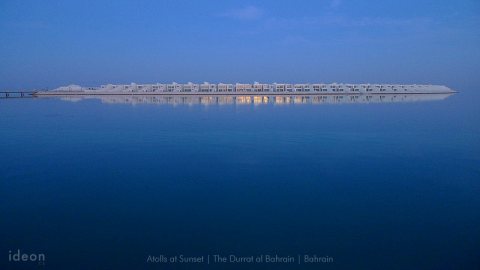 Atolls at the sunset
1
Atolls at the sunset
1
-
-
The Bahrain National Theatre
The National Theatre of Bahrain is a waterfront building complex situated in Manama next to the Bahrain National Museum, and consists of a main 1001-seat auditorium and a smaller 150-seat flexible studio theatre. Opened on 12 November 2012 and costing $50 million, the theatre encompasses an area of 11,869 square metres (127,760 sq ft) making it the third largest theatre in the Middle East.
-
The Dubai Frame
The UAE’s latest cultural landmark, Dubai Frame is an iconic structure that ‘frames’ impressive views of Old and New Dubai, while serving as a metaphorical bridge connecting the emirate’s rich past with its magnificent present. Offering spectacular panoramic views across the city, Dubai Frame celebrates the story of Dubai from its early establishment to its ambitious plans for future development. Launched in January 2018, the project comprises a 150-metre-high, 93-meter-wide structure being built to resemble a huge picture frame, through which landmarks representing modern Dubai such as Emirates Towers and Burj Khalifa can be seen on one side, while from the other side, visitors can view older parts of the city such as Deira, Umm Harare and Karama. Exterior design of Dubai Frame was inspired from the logo of EXPO2020. Dubai Frame is world's largest picture frame by Guinness World Records. (Tripadvisor.com)
-
The House of Wisdom
Celebrations in Sharjah – this year’s UNESCO World Book Capital – kicked-off with the unveiling of The Scroll, a new piece of public art by British sculptor Gerry Judah. The opening event also revealed designs for the new House of Wisdom – an iconic library and cultural centre that seeks to be the catalyst for a new cultural quarter in the city. Both projects are being developed by Sharjah Investment and Development Authority (Shurooq). (https://www.architectmagazine.com/)
-
Mleiha Archaeological Centre
Meliha Archaeological Centre is a visitor centre and exhibition based around the history and archaeology of the areas surrounding the village of Mleiha in Sharjah, the United Arab Emirates. Built around a preserved Umm Al Nar era tomb, the centre details the excavations and discoveries made over the past 40 years at Mleiha and surrounding areas (including Al Thuqeibah, Jebel Faya, Al Madam and Jebel Buhais), particularly the important Faya North East find, which provides evidence that 'anatomically modern humans' were in the Mleiha area between 130,000 and 120,000 years ago. These finds point to the spread of humanity from Africa across the Red Sea to the Persian Gulf region, and onward to populate the world through Iran, India, Europe and Asia.


